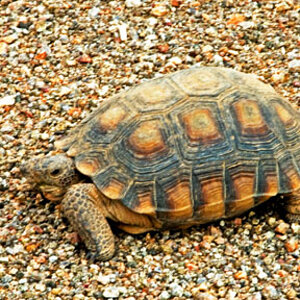donny1963
No longer a newbie, moving up!
- Joined
- Dec 15, 2015
- Messages
- 372
- Reaction score
- 30
- Can others edit my Photos
- Photos NOT OK to edit
here is another BS statement i hear all the time and just watched Ken explain this in a video..
Dept of field does not change with sensor size.
If you take a 50mm lens and attach it to a Crop sensor camera then also that saame lens then attach it to a Full Frame or Even Medium format camera and your standing in the same postion the DOF will not change they will all be the same.. When people say sure it changes, i laugh and think to myself these are the same people who argue that larger sensors gather more light. Which is not true either..
Sensors do not work like solar panels LOL
any way here is the video explaining all this about Depth of field (DOF) does NOT change with sensor size
Dept of field does not change with sensor size.
If you take a 50mm lens and attach it to a Crop sensor camera then also that saame lens then attach it to a Full Frame or Even Medium format camera and your standing in the same postion the DOF will not change they will all be the same.. When people say sure it changes, i laugh and think to myself these are the same people who argue that larger sensors gather more light. Which is not true either..
Sensors do not work like solar panels LOL
any way here is the video explaining all this about Depth of field (DOF) does NOT change with sensor size



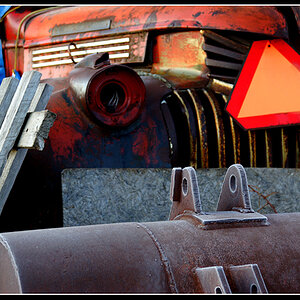

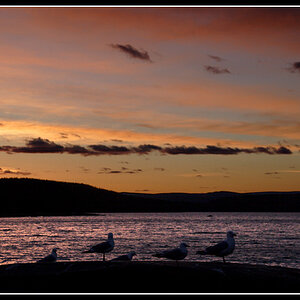
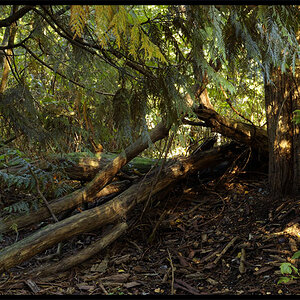
![[No title]](/data/xfmg/thumbnail/34/34053-89f2960a2f30add00b9b4379abd6dd12.jpg?1619736253)
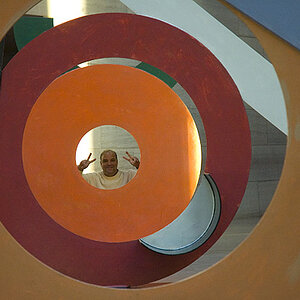
![[No title]](/data/xfmg/thumbnail/34/34054-75057fa828bda4184ea808ff8bd8dfcf.jpg?1619736254)
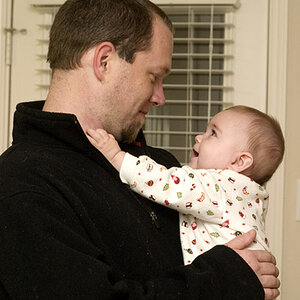
![[No title]](/data/xfmg/thumbnail/32/32181-195f34b5d304506aafc7ec317f64563f.jpg?1619735235)
